Twenty years ago, a group of amateur cavers stumbled across an extraordinary relic from the Paleolithic age in Ardèche, Vallon Pont d’Arc. The thousand or so images brushed, drawn and engraved onto the limestone walls in the ‘Grotte Chauvet’ are among the oldest ever discovered. At 36,000 years old, the animals and figures they depict are more than twice the age of those in Lascaux, their close art-historical cousins.
Such is the importance of the cave that it has just been added to the UNESCO World Heritage list of cultural properties; and such is its allure that a complete a scale replica of the site is under construction, in the vicinity of the original, to harbour thousands of yearly visitors.
Overseen by a group of specialist historians and designed by Fabre/Speller, Atelier 3A and the agency Scene, the Cavern of Pont-d’Arc at Razal aims to recreate the original site in all its atmospheric detail. The entire cave structure will be replicated using a combination of concrete and resin; a team of wall painters will reproduce its extraordinary images; and the temperature, humidity, and sound levels will be matched as closely as possible to those of the cave itself.
The Cavern of Pont-d’Arc will open next spring, along with a network of thoroughly 21st-century satellite buildings – a food hall, discovery centre, and spaces for education, events and exhibitions, integrated into the landscape.
There’s something compelling about such a project, which has put €51 million, and a wealth of cutting-edge scientific knowledge, into faithfully reproducing this glimpse of early human creativity. Perhaps the next step is a digital reconstruction; a further effort to bring something from the mists of pre-history right into the cloud of the contemporary world.
The Cavern of Pond-d’Arc opens in spring 2015.
Unlimited access from just $16 every 3 months
Subscribe to get unlimited and exclusive access to the top art stories, interviews and exhibition reviews.



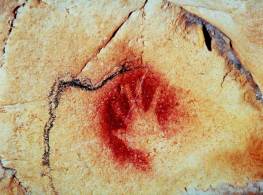
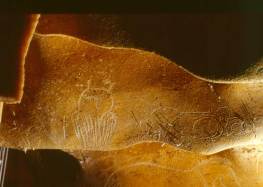
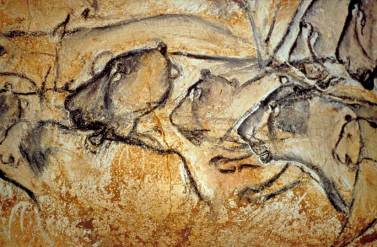

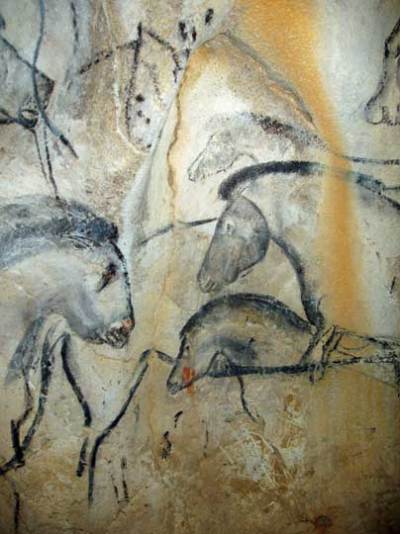
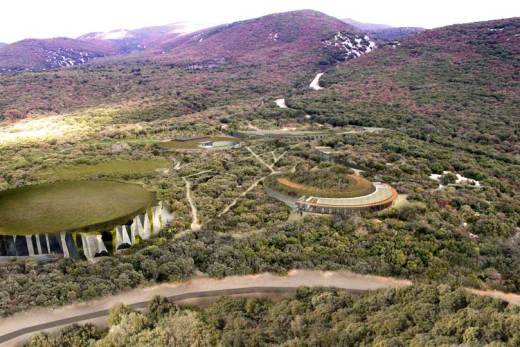
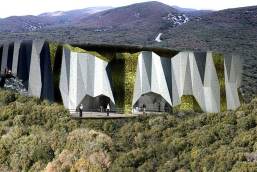



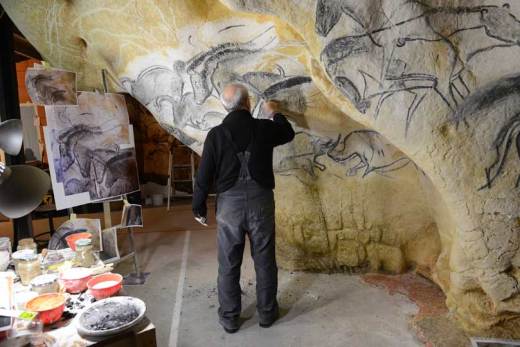
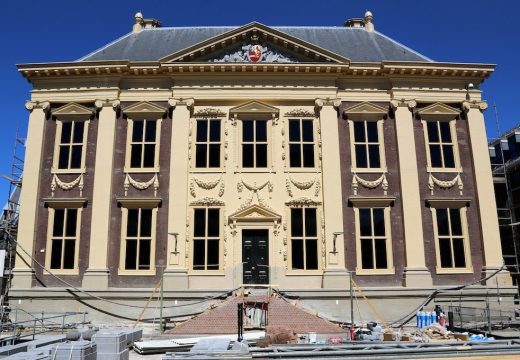

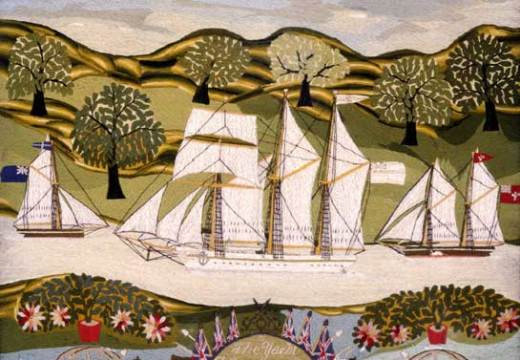









![Masterpiece [Re]discovery 2022. Photo: Ben Fisher Photography, courtesy of Masterpiece London](http://www.apollo-magazine.com/wp-content/uploads/2022/07/MPL2022_4263.jpg)
It’s time for the government of London to return to its rightful home